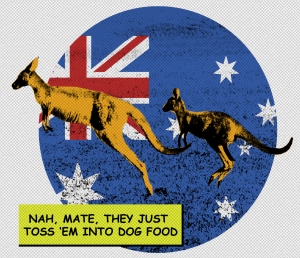Evolution is creeping into several different aspects of ecology. The latest buzz is all about integrating ecology and evolution. Perhaps you’ve heard of the latest research trends in eco-evolutionary dynamics or community phylogenetics?
Theodosius Dobzhansky famously stated that “Nothing in biology makes sense except in the light of evolution“. This claim is undoubtedly true, but I’ve recently found myself wondering whether our obsession with evolution is actually clouding our ability to do good ecological research.
Please don’t misunderstand me, I am not implying that evolution is not important in explaining patterns in nature, nor am I suggesting that we should disregard evolutionary explanations for these patterns. Instead, I believe that in order to gain a deeper understanding of ecology, we should perhaps partially blind our views using “evolution blinkers”. In fact, I’d even be so bold as to claim that unless we blind ourselves to evolution, we will never be able to fully grasp the true nature of ecological processes. Unifying ecology and evolution might actual limit our ability to build ecology as a science.
Richard Feynman used a useful chess analogy to explain how physics works. I’ll borrow this style of argument to explain my stance on ecology and evolution. However, since chess is too complicated for my liking, I’ll use an even simpler game: Sudoku. Continue reading →


